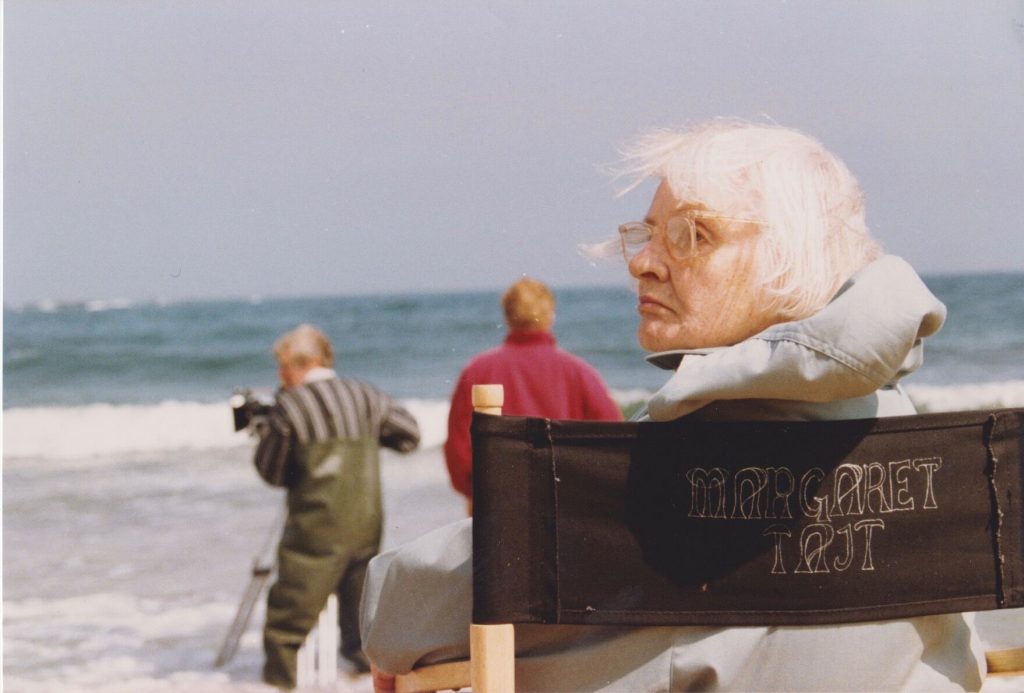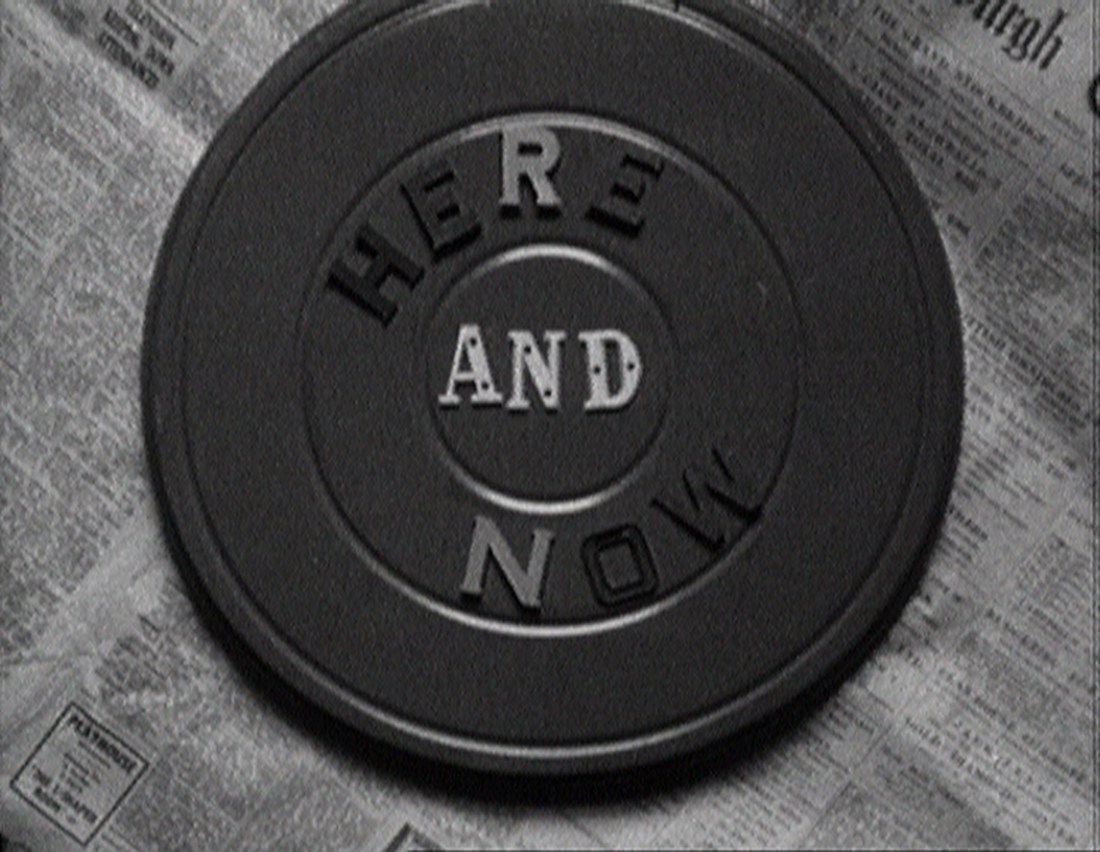
Margaret Tait
︎ https://lux.org.uk/artist/margaret-tait/ ︎︎︎
Scottish poet filmmaker Margaret Tait (1918–1999) has long been one of the best-kept secrets of British cinema. In intimate films attuned to the secret life of things, people, and landscapes, Tait sought to reveal the other side of existence – the side we only notice when our own presence in the world comes to the foreground. An independent mind and eye, she focused on what she saw before her, be it the streets of Edinburgh, the crashing sea on Orkney or a pair of old boots in a barn, shedding an singular light on the manifold dimensions of things.
Born on the island of Orkney, Tait first trained to become a doctor. As her interest in film began to blossom, she enrolled at the Centro Sperimentale di Cinematografia in Rome at the age of 32. After two years in Italy, Tait moved back to Scotland and began to organize screenings in her studio and actively pursue the technique of filming she called "breathing" with the camera. Earning her living as a physician, Tait self-financed twenty-nine of her thirty-three films and published three volumes of poetry.
Tait's independence and genuine breadth of vision as well as her adamant refusal of preconceived notions and forms is exemplified in her reluctance to define her films as belonging to any established category, be it that of avant-garde, documentary or amateur film, instead choosing to identify them as film poems: "The kind of cinema I care about is at the level of poetry – in fact – it has been in a way my life's work making film poems."
Her films provide the life of things with voices; they manifest a kind of listening by watching. In line with what an important figure for Tait's work, the poet Federico Garcia Lorca, wrote: "An apple is no less intense than the sea," her work unfurls the myriad dimensions of presence.
(Ivana Miloš)

Three Portrait Sketches
1951, 10 min, DCP
Early experiments in portraiture, made in Italy, when Margaret Tait was a student at the Centro Sperimentale di Cinematographia, Rome. Portraits of 1: Claudia Donzelli; 2: Saulat Rahman; 3: Fernando Birri.
‘I like the idea of making a film equivalent of portrait painting. I did 3Ps of 3 of my friends in Rome [Three Portrait Sketches], and the next year, home in Orkney, I made a portrait of my mother [A Portrait of Ga] […] I was trying for a sort of formality – a juxtaposition of images related to colour, composition, movement.’ – Margaret Tait

Portrait of Ga
1952, 5 min, DCP
An intimate portrait of Tait’s mother, the film was made in Orkney shortly after Tait returned from Rome. Like the other film portraits Tait would go on to make, the film’s focus is on capturing the more elusive qualities of its subject. The camera lingers on fragmentary details: her mother’s hands waving in time to the music, fingers unwrapping a boiled sweet, the sun-lit creases of her eyes as she smiles to camera. In this way, Tait’s camera mimics the close-up gaze of a child and establishes the intimate style of filmmaking which would eventually characterise the body of her work.

Where I Am Is Here
1964, 35 min, DCP
“The kind of precision which holds Where I Am Is Here together doesn’t depend on words: about half a dozen recurring themes – a stone thrown in the water, a car door shutting, traffic, buildings seen from passing buses, and so on – act upon each other, and are then accompanied by Hector MacAndrew’s music for my poem ‘Hilltop Pibroch’.” – Margaret Tait

Aerial
1974, 4 min, DCP
A short, lyrical film invoking all things elemental. A perfect distillation of Tait’s idea of the film poem as it evolved over time. It is one of her shortest films at just over four minutes long and features no spoken words at all.
“The intention in AERIAL is condensation, so that the emotional effect is direct, as in poetry.”
– Margaret Tait

Colour Poems
1974, 12 min, DCP
“Nine linked short films. Memory, chance observation, and the subsuming of one in the other. The titles within the film are: Numen of the Boughs, Old Boots, Speed Bonny Boat, Lapping Watter , Incense, Aha, Brave New World, Things, Terra Firma. A poem started in words is continued by the picture, part of another poem is read for the last of the nine. Some images are formed by direct-on-film animation, others are found by the camera.”
– Margaret Tait

Tailpiece
1976, 10 min, DCP
“The film was conceived as a coda to a longer (colour ) film, Place of Work, made in the same year. It covers the time of finally emptying a long-time family home, with its personal memories and connection with some of my own work. Fragments of verse, along with young childrens voices released into the emptying rooms and staircases, and an ersatz pop music track, clarify the familiar and the alien in the situation.”
– Margaret Tait
All artists ︎︎︎